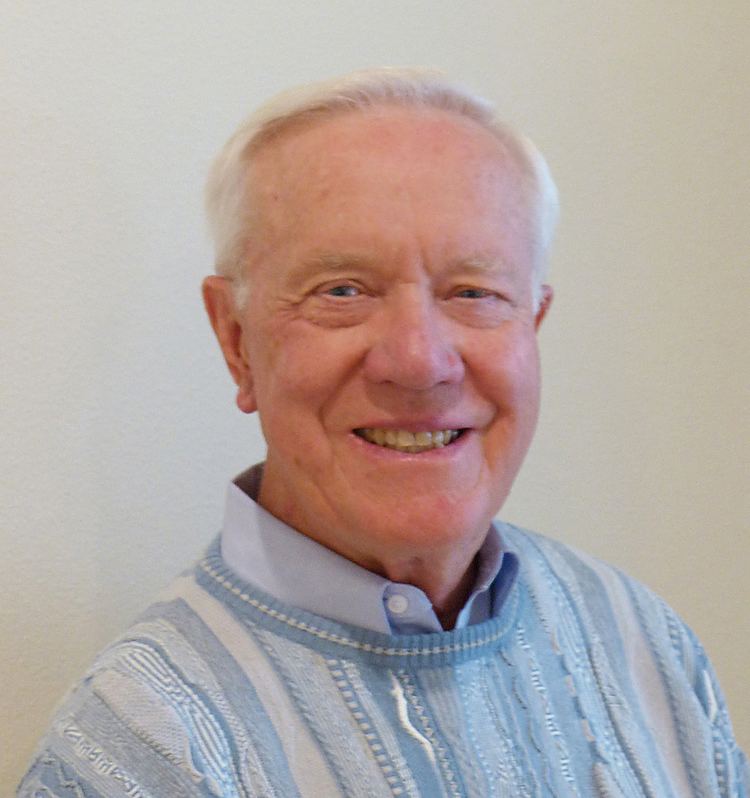Nationality American Name Nils Nilsson | ||
 | ||
Institutions SRI InternationalStanford University Doctoral students Leslie P. KaelblingAndrew KosoresowKaren Myers Awards IJCAI Award for Research Excellence Books Principles of Artificial Intelligence, The Quest for Artificial Intelligen, Logical Foundations of Artificia, Understanding Beliefs, Inteligencia Artificial ‑ Una Nue Similar People Peter E Hart, Richard Fikes, Michael Genesereth, Richard O Duda, Leslie P Kaelbling | ||
Nils John Nilsson (born 1933) is an American computer scientist. He is one of the founding researchers in the discipline of artificial intelligence. He is the first Kumagai Professor of Engineering (Emeritus) in Computer Science at Stanford University, position that he held since the chair was established in 1990 through 1995. He is particularly famous for his contributions to search, planning, knowledge representation, and robotics.
Contents
His research has been based mainly on the premise that intelligence is based on knowledge that must be represented explicitly.
Early life and education
Nilsson received his Ph.D. from Stanford in 1958, and spent much of his career at SRI International, a private research lab spun off from Stanford.
SRI International
Starting in 1966, Nilsson, along with Charles A. Rosen and Bertram Raphael, led a research team in the construction of Shakey, a robot that constructed a model of its environment from sensor data, reasoned about that environment to arrive at a plan of action, then carried that plan out by sending commands to its motors. This paradigm has been enormously influential in AI. (Textbooks such as (Charniak & McDermott 1985), (Ginsberg 1993) and the first edition of (Russell & Norvig 1992) show this influence in almost every chapter, although the entire field has not always stayed under its spell.) Although the basic idea of using logical reasoning to decide on actions is due to John McCarthy (McCarthy), Nilsson's group was the first to embody it in a complete agent, along the way inventing the A* search algorithm (Hart, Nilsson & Raphael 1968) and founding the field of automated temporal planning. In the latter pursuit, they invented the STRIPS planner (Fikes & Nilsson 1971), whose action representation is still the basis of many of today's planning algorithms. The subfield of automated temporal planning called classical planning is based on most of the assumptions built into STRIPS.
Stanford University
In 1985 Nilsson became a faculty member at Stanford University, in the Computer Science Department. He was chair of the department from 1985 to 1990. He was the fourth President of the AAAI (1982–83) and a Founding Fellow of that organization. Nilsson has written or coauthored several books on AI, including two that have been especially widely read (Nilsson 1980, Genesereth & Nilsson 1987).
Awards and memberships
In 2011, Nilsson was inducted into IEEE Intelligent Systems' AI's Hall of Fame for the "significant contributions to the field of AI and intelligent systems".
